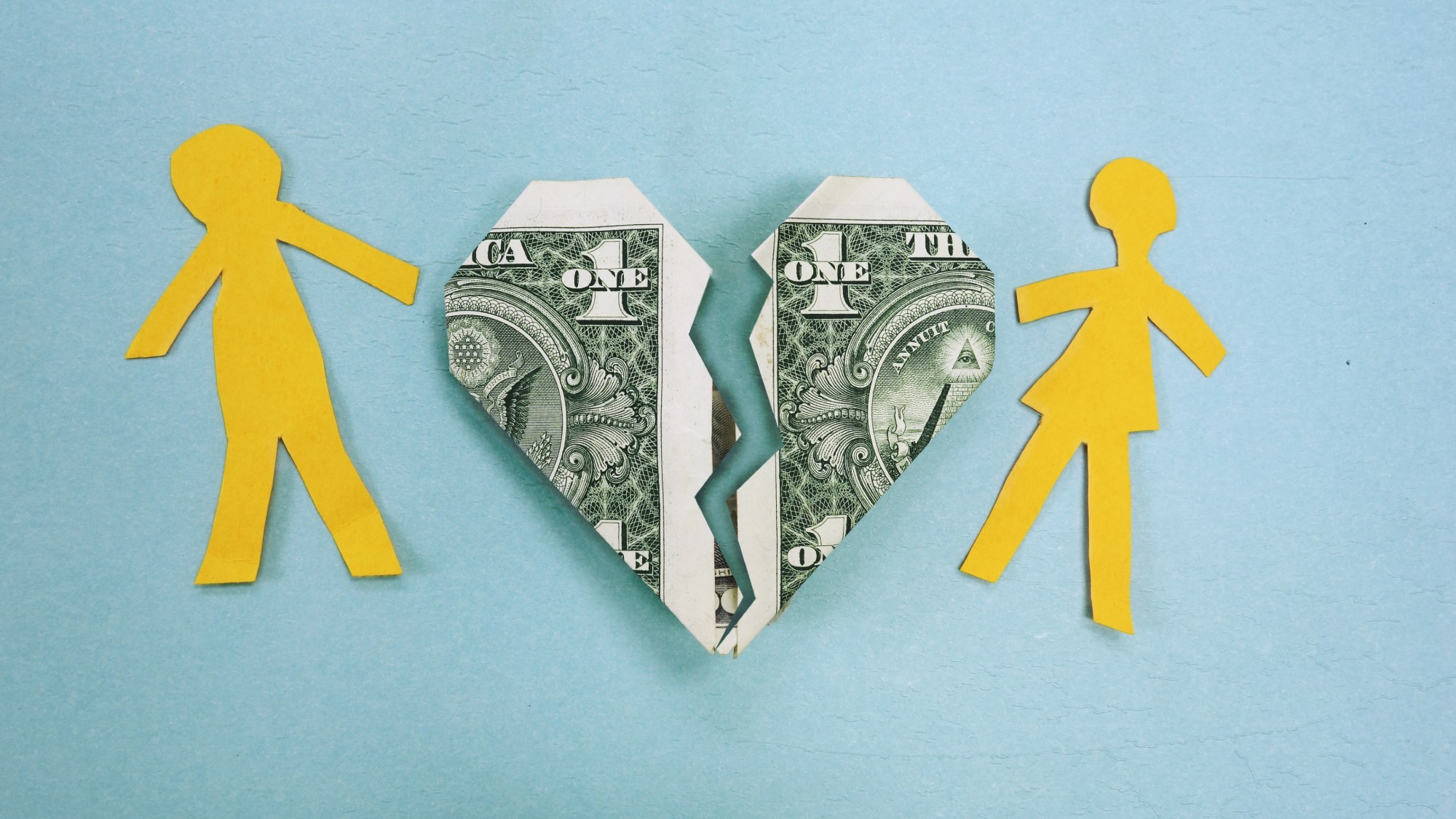PAYE vs. ICR: how these income-driven plans work for student loans
As of December 2024, borrowers can once again enroll in Paye as You Earn (PAYE) and Income-Contingent Repayment (ICR)


After closing enrollment in July, the Department of Education has now reopened two of its income-driven repayment plans: Pay as You Earn and Income-Contingent Repayment. As of Dec. 16, 2024, borrowers can once again enroll in these plans, which allow those with federal student loans to adjust their monthly loan payments based on their income and family size, potentially lowering the amount of payments due.
Initially, the Department of Education's plan was "phasing out the two plans in favor of an alternative with better terms," instead encouraging them "to sign up for the administration's Saving on a Valuable Education program, also known as SAVE," said The New York Times. But after the SAVE plan faced numerous legal challenges, the department said in an announcement that it had decided to "'give borrowers more breathing room on their student loans' while the department continued 'vigorously defending the SAVE Plan in court,'" said the outlet.
As it now stands, "under current Education Department guidance, [PAYE and ICR] will accept enrollment until July 1, 2027," said NerdWallet. Here is what to know about the plans.
The Week
Escape your echo chamber. Get the facts behind the news, plus analysis from multiple perspectives.

Sign up for The Week's Free Newsletters
From our morning news briefing to a weekly Good News Newsletter, get the best of The Week delivered directly to your inbox.
From our morning news briefing to a weekly Good News Newsletter, get the best of The Week delivered directly to your inbox.
What is PAYE?
With PAYE, "borrowers don't have to make any loan payments if they live alone and make less than $22,590 a year or $46,800 for a family of four," said USA Today. Borrowers who make above those thresholds must "pay 10% of their monthly income."
But in either case, said USA Today, borrowers can secure "full relief after 20 years of payments," meaning their remaining student loan debt is forgiven.
What is ICR?
With ICR, there "is no income requirement to be eligible for ICR and borrowers who make higher salaries are still eligible," which makes it "a good option for those who want to free up some money in their monthly budget, even if they can afford their current monthly payments," said LendEDU, an online student loan marketplace.
Similarly to PAYE, payments are determined based on a borrower's income and family size. The repayment period is 25 years.
A free daily email with the biggest news stories of the day – and the best features from TheWeek.com
Should you switch to PAYE or ICR?
In figuring out whether either of these plans make sense for you, "start with the Education Department’s loan simulator," said NerdWallet, which "connects with your studentaid.gov account to estimate your monthly bills, overall repayment costs and potential forgiveness timeline under different repayment plans, including PAYE and ICR." Keep in mind that "switching plans could increase your monthly payments, depending on your income."
It is also important to note eligibility requirements. For instance, PAYE is "only available to new borrowers who took out their Direct Loan or FFEL Program loan on October 1, 2007, or later (with no outstanding balance) and received a disbursement on a Direct Loan on October 1, 2011, or later," said LendEDU. Meanwhile, ICR "includes consolidated Parent PLUS loans, whereas the others do not," meaning it could be a worthwhile option to consider for borrowers with that type of loan.
What other income-based repayment plans are there?
PAYE and ICR are not the only income-driven repayment plans out there. Other options to consider include:
SAVE: Formally known as Saving on a Valuable Education, the SAVE plan was introduced by the Biden administration in 2023. Before it was put on pause in summer 2024 amid the debate over loan forgiveness, "borrowers with loans for undergraduate degrees could've seen their monthly bills drop to just 5% of their discretionary income, and many saw their payments go to $0," said USA Today.
IBR: IBR, or income-based repayment, is only available "if you demonstrate financial need and your new payment would be less than that under the Standard Repayment Plan," said LendEDU. But for those who qualify, a reduced monthly payment is possible and forgiveness is granted after 20 or 25 years.
Becca Stanek has worked as an editor and writer in the personal finance space since 2017. She previously served as a deputy editor and later a managing editor overseeing investing and savings content at LendingTree and as an editor at the financial startup SmartAsset, where she focused on retirement- and financial-adviser-related content. Before that, Becca was a staff writer at The Week, primarily contributing to Speed Reads.
-
 Zimbabwe’s driving crisis
Zimbabwe’s driving crisisUnder the Radar Southern African nation is experiencing a ‘public health disaster’ with one of the highest road fatality rates in the world
-
 The Mint’s 250th anniversary coins face a whitewashing controversy
The Mint’s 250th anniversary coins face a whitewashing controversyThe Explainer The designs omitted several notable moments for civil rights and women’s rights
-
 ‘If regulators nix the rail merger, supply chain inefficiency will persist’
‘If regulators nix the rail merger, supply chain inefficiency will persist’Instant Opinion Opinion, comment and editorials of the day
-
 How to financially prepare for divorce
How to financially prepare for divorceThe Explainer Facing ‘irreconcilable differences’ does not have to be financially devastating
-
 Why it’s important to shop around for a mortgage and what to look for
Why it’s important to shop around for a mortgage and what to look forThe Explainer You can save big by comparing different mortgage offers
-
 4 ways to save on rising health care costs
4 ways to save on rising health care costsThe Explainer Health care expenses are part of an overall increase in the cost of living for Americans
-
 4 ways to streamline your financial life in 2026
4 ways to streamline your financial life in 2026the explainer Time- and money-saving steps
-
 4 tips to safeguard your accounts against data breaches
4 tips to safeguard your accounts against data breachesThe Explainer Even once you have been victimized, there are steps you can take to minimize the damage
-
 Received a windfall? Here is what to do next.
Received a windfall? Here is what to do next.The Explainer Avoid falling prey to ‘Sudden Wealth Syndrome’
-
 How to save more for retirement next year
How to save more for retirement next yearthe explainer Secure yourself a suitable nest egg
-
 Received a gift card this holiday season? Here’s how to maximize it.
Received a gift card this holiday season? Here’s how to maximize it.The Explainer Make the most of your present
